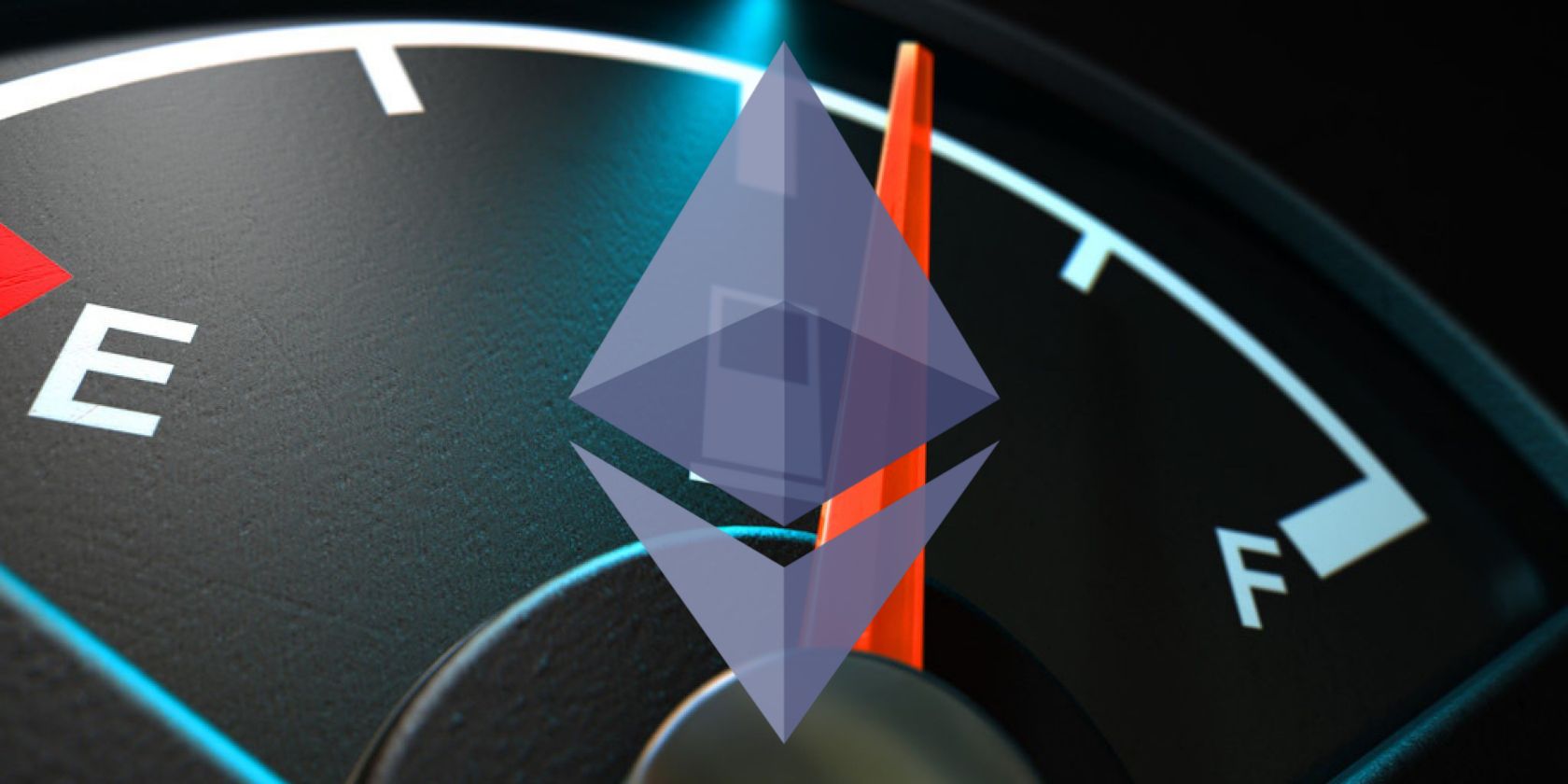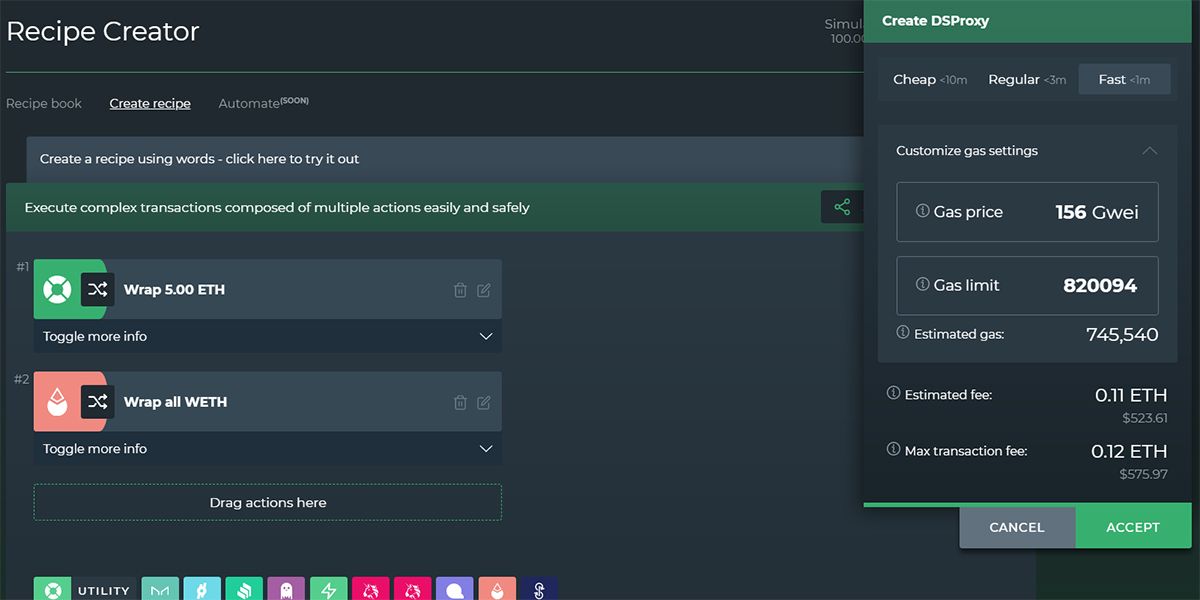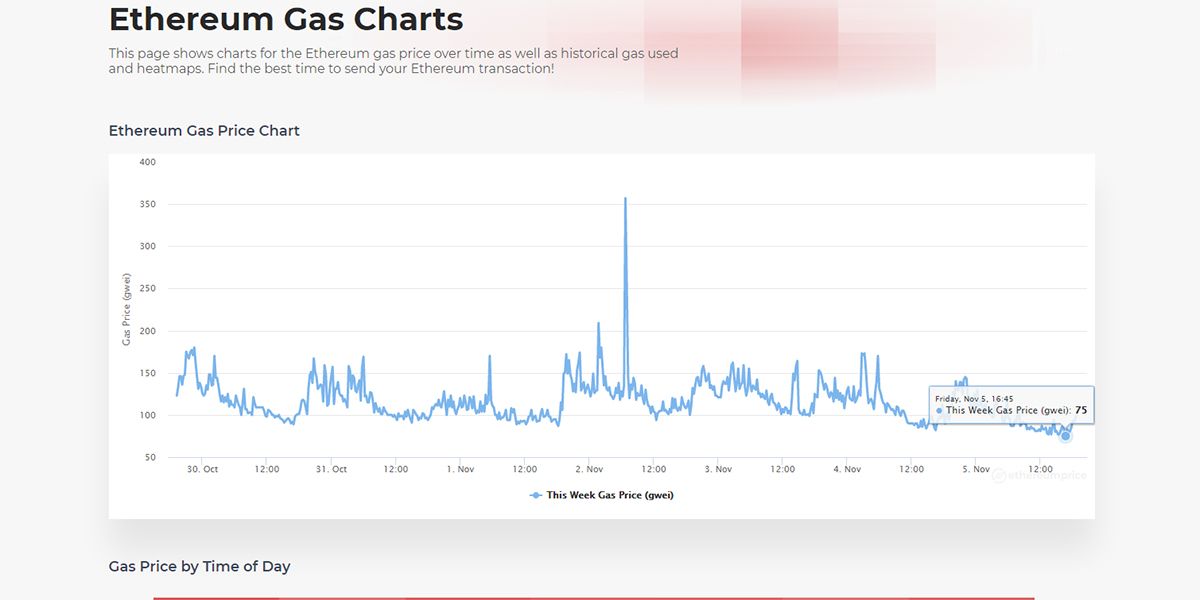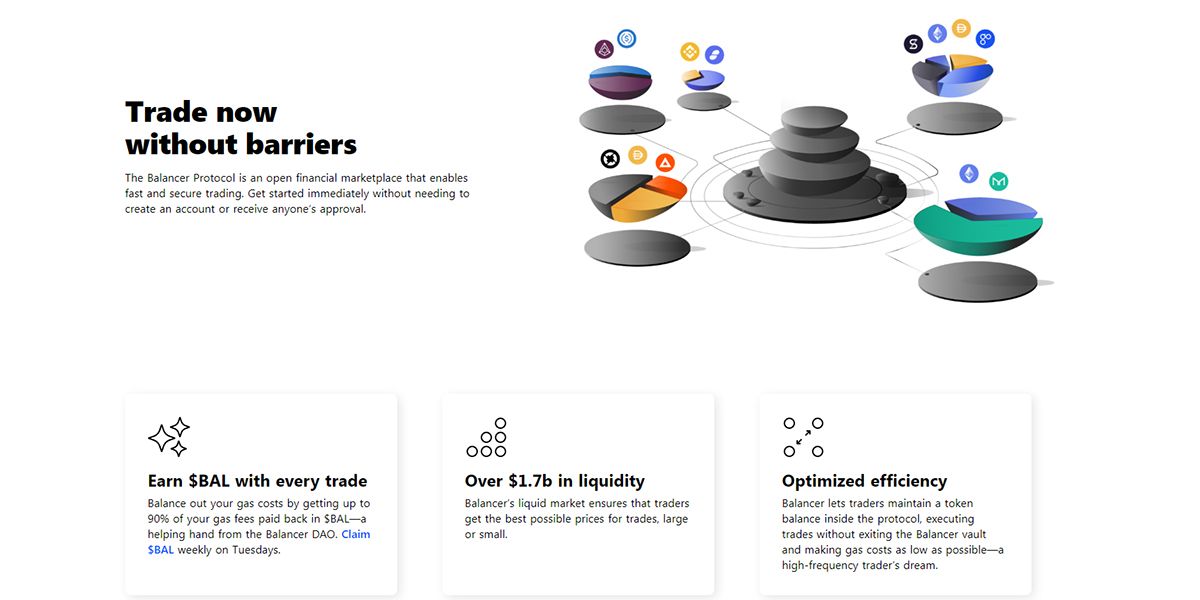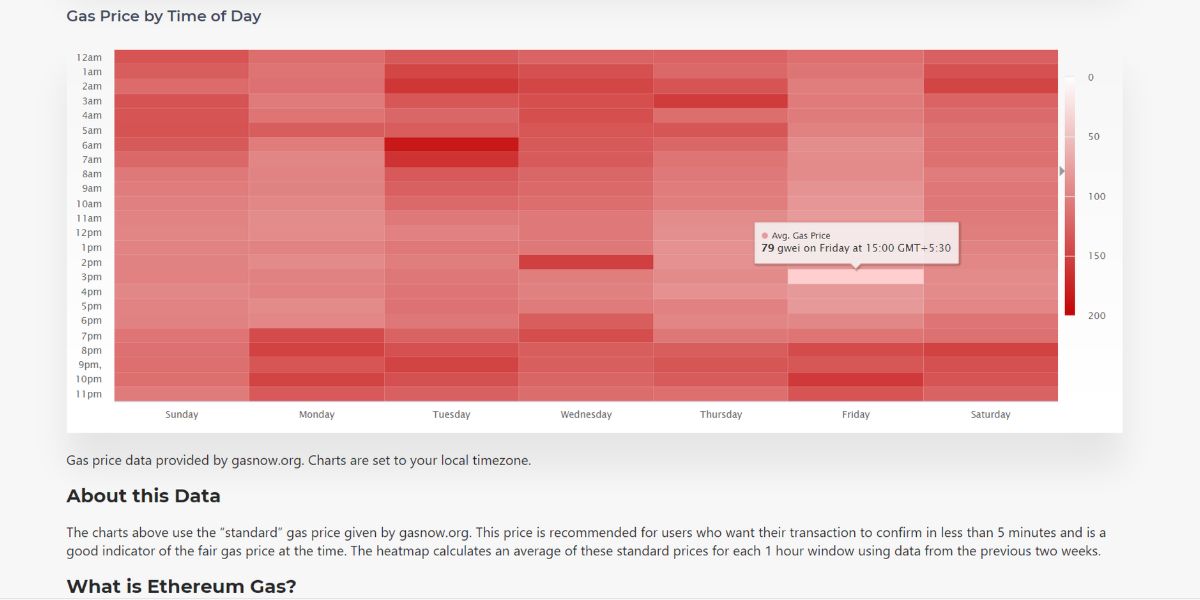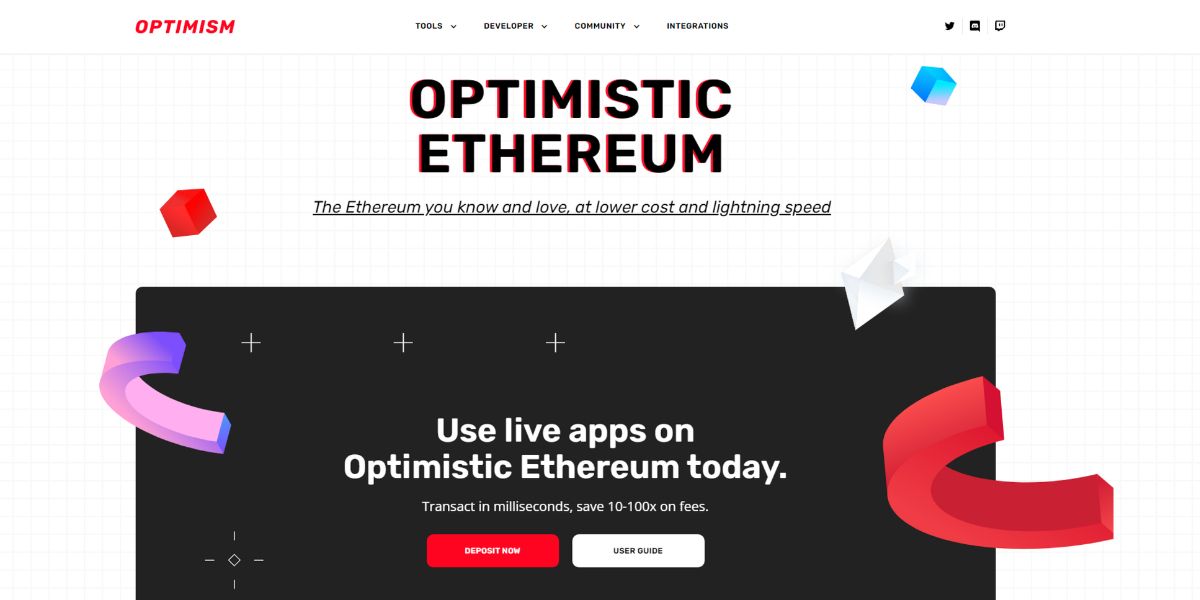Like any vehicle, the Ethereum network needs fuel for its secure operation. We know it as gas. As Ethereum gains popularity, more decentralized finance (DeFi) transactions are adopting it. Unfortunately, due to the congestion of so many DApps and individual users, this gas fee keeps increasing.
So, what is an Ethereum gas fee, and how can you save money on them?
What Are Ethereum Gas Fees, and Why Are They So High?
The Ethereum gas fee is the charge you pay when performing any transaction on the Ethereum blockchain. The Ethereum blockchain operation requires a certain amount of computational effort, which cryptocurrency miners perform using Ethereum mining software.
To keep the Ethereum network operational and secure, miners receive ETH (the crypto coin of Ethereum) as a reward for their contribution to the network. The ETH coin rewards come from the gas fee. Gwei is the denomination of the gas fee, and one gwei equals 0.000000001 ETH.
Cryptocurrency transactions are grouped in what is known as a block. Block size varies between blockchains. For example, Bitcoin's block size has a theoretical limit of 4MB but averages closer to 1MB.
Unlike Bitcoin, Ethereum's block size varies based upon the amount of gas spent per block rather than a data limit. Currently, there is a 30 million gas limit per block, but the target size is 15 million gas per block. But effectively, your transaction "competes" with others to feature in the next block sent to the network for validation. So, your competitor might pay a priority fee (tip) to increase the chance of pushing their transaction ahead of yours, increasing the gas fee.
This "competition" of transactions due for network validation happens due to "network congestion" on the Ethereum blockchain. Network congestion occurs when more and more transactions use the Ethereum network for validation.
Transactions are increasing because the Ethereum public blockchain has gained widespread success in decentralized processes like decentralized exchanges (DEX), DeFi, blockchain games, social, ERC-20 token transfers, and marketplaces.
Furthermore, DApps are also introducing new features, and thus their functionalities become complex. Consequently, a smart contract has to perform more operations than before. Hence, the already limited ETH blocks become more congested because complex transactions take up more space.
So, how can you reduce your Ethereum gas fees?
1. Use Simulation Through DeFi Saver
You don't know the actual gas fee until you carry out the transaction and pay for the gas. However, you could use the DeFi Saver app to simulate your transactions. First, you'll create a recipe for Ethereum activities and then run it virtually.
The real-life simulation will tell you the estimated and maximum gas fee in ETH. You can then customize your entire recipe to minimize the gas fee. Now, execute this recipe on the Ethereum platform to pay less gas fee.
2. Transaction Timing Optimization
The primary cause of higher gas fees is congestion. However, the traffic of transactions on Ethereum varies throughout the day. At times, you may see a lower gas fee for the same transaction that was costing you more ETH a few hours ago.
But, finding out about such times could be tedious. It'll also hamper your productivity as you need to keep checking gas fees at different hours. Therefore, you can visit the Ethereum Gas Charts webpage for an elaborate graph of gas prices throughout the week.
Another trick you can play is to avoid the working hours on weekdays. Even if you need to send a transaction on weekdays, execute that after midnight. You might want to wait for weekends as that's when gas prices are low.
3. Organize Transaction Types
The gas fee varies with the type of transaction on the Ethereum blockchain. Therefore, you might want to organize and execute similar transactions together to save money on the gas fees.
Let's consider you've got two Ethereum addresses with 1,000 tokens on each account. Now, you plan to lock all of the tokens in a vault of a new DApp to earn better returns. You can transfer all tokens to one address and then lock 2,000 tokens in one transaction to save money on gas fees.
4. Use DApps Offering Discounts and Rebates on Ethereum Gas Fees
There are Ethereum projects and DApps offering gas fee subsidies or minimal gas fees than the market.
One such platform is Balancer. It offers a gas fee refund of up to 90% in the form of the BAL token. For high-frequency traders, Balancer minimizes the gas fee substantially by executing trades without leaving the vault.
Some DeFi apps like KeeperDAO and Yearn's V2 Vaults batch individual user transactions together. Every user pays the gas fee together at once instead of individual payments. This strategy significantly lowers the gas fee.
5. Utilize Gas Tokens
When you delete your storage variables on the Ethereum network, you can earn ETH as refunds. It's the basis of gas tokens. You can mint a substantial amount of gas tokens when the gas fees are low.
When you need to execute your transaction on the network, redeem your gas tokens for ETH. Use rewarded ETH towards the gas fee. GasToken.io is a popular project that enables you to mint gas tokens.
6. Assess Network Congestion to Plan Ahead
Your task could be on hold when there are too many transactions in the pipeline. The gas fee that you agreed upon has already increased during this hold period. When miners start to execute your transaction, it'll fail as you have set up a gas limit below the current rate.
What is more worrying is that you'll end up paying a gas fee for an unfinished transaction. Hence, planning ahead is the key to gas fee savings and avoiding penalties. Plan your Ethereum transactions during non-peak hours.
For time-sensitive transactions, keep an eye on the Gas Price by Time of Day chart on Ethereum Gas Charts to know the live pricing of gas fees based on the local timezone. Estimate the gas fee accurately and set the correct gas limit to avoid unnecessary fines.
7. Calculate Ethereum Gas Fees Accurately
Your Ethereum wallet may not offer accurate estimates of gas fees because it doesn't consider real-time transaction congestions. For time-sensitive transactions, you may want to refer to specialized tools like Etherscan's Gas Tracker or Gas Now.
These tools analyze the pending transactions on the mainnet Ethereum. Then they offer multiple time-sensitive gas fee estimates. Ultimately, you don't end up paying more than you should or paying fines for not setting correct gas limits.
8. Explore Ethereum Layer-Two Solutions
Transactions on the Ethereum Mainnet (layer-one) are expensive due to congestion. There are layer-two solutions that help users in scaling up the transactions.
Layer-two employs technologies like Rollups or moving transactions to the sidechains on this network. Therefore, this new process reduces gas fees and expedites transaction completion. Optimism and Arbitrum, and Polygon are layer-two scaling solutions that you should check out.
Will Ethereum 2.0 Reduce Gas Fees and Make Ethereum Cheaper to Use?
The long-awaited Ethereum 2.0 upgrade should reduce Ethereum gas fees. In fact, gas fee reduction is one of the primary reasons behind the upgrade, as part of an overall push to reduce Ethereum transaction congestion and speed up the Ethereum blockchain.
There are two driving forces behind gas fee reduction on Eth 2.0: blockchain sharding and the switch from proof of work to the proof of stake consensus algorithm.
The process of sharding involves splitting a blockchain into several "shards." The process itself involves a few steps, including the horizontal partitioning of databases, through which each blockchain is given its own role or purpose. For instance, one blockchain might be used to store data on a given token, while another might be used for network governance.
And, as for the switch to proof of stake, quite simply not having to solve complex mathematic problems to prove network integrity reduces transaction fees while making it easier for additional nodes to join the network and process transactions. It's a win-win situation that should further reduce Ethereum gas fees, in turn helping to scale the Ethereum blockchain.
Reduce Your Ethereum Gas Fees
The Ethereum network can process up to 15 transactions per second. Since the demand is higher than this number, there is brutal competition. Larger organizations tend to outbid individuals and gain access to the transaction blocks ahead of you.
However, you can go through the above tips and tricks to pay less on Ethereum gas fees while minting your NFTs or transferring tokens as fast as possible.

